Art Show – The Future Challenges Us Now
| Film | Tour, Walk | Forum, Reading | Music, Theater, Art |

- This event has passed.
Art Show – The Future Challenges Us Now
July 1, 2020
Free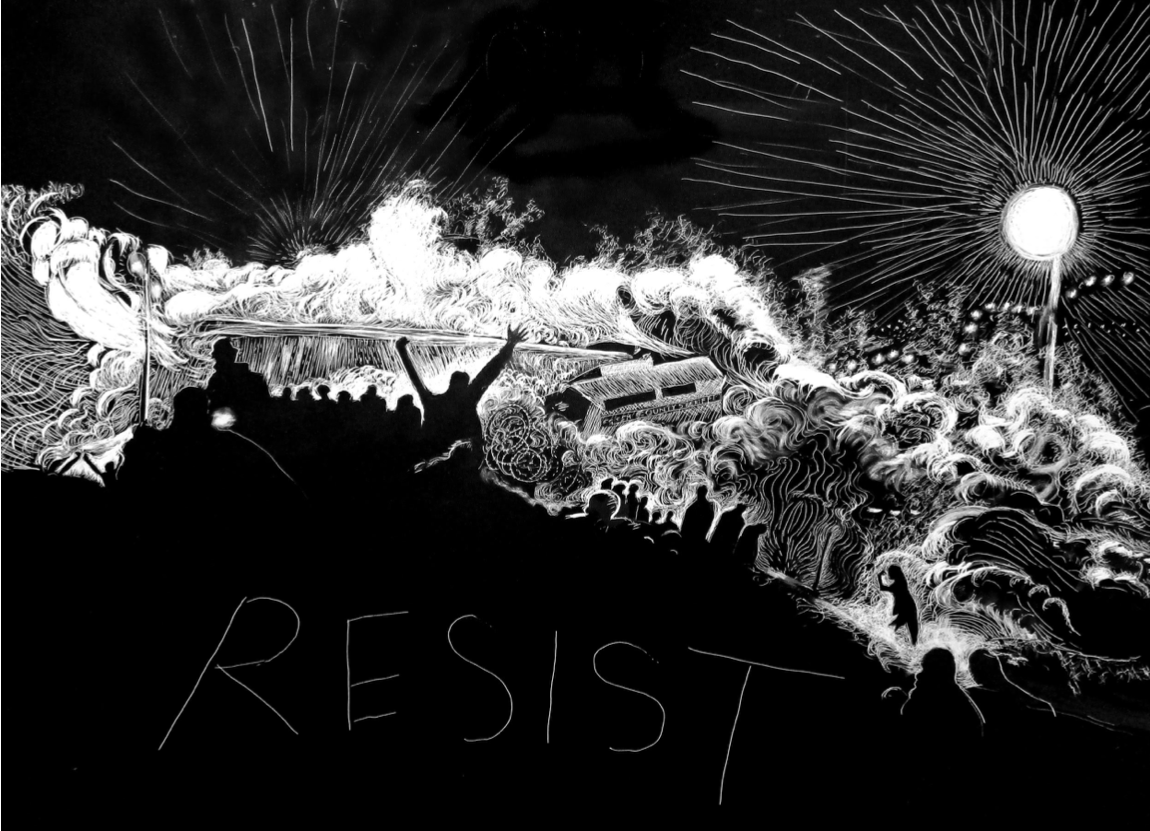
Curated by Duckworth
Artists were asked to address the nature and agency of work in a world rapidly transformed by pandemic and changing through political, societal and technological prerogatives. Several artists focus here on the interconnections between labor and technology, or the seemingly dissociated realms of labor, environment, political structures, and personal agency, the fabric of the whole calling for unity of vision and collective energy to harness these changes into holistic breakthroughs.
LaborFest 2020 Artist Submissions
Jessalyn Aaland
My vision is for arts and nonprofit workers to organize their workplaces. We can do this by providing workers with free information about how to go about this, as well as contemporary aesthetics that appeal to an arts audience. Labor organizing deserves to be art! I’m a former museum worker and shop steward for OPEIU Local 29, who created the project Organizing Power, along with my former colleague Ana Fox-Hodess and SFMoMA’s OPEIU Local 29 rep. Nat Naylor. Organizing Power is a 20-page, Risograph-printed booklet designed to provide arts/nonprofit workers with tools to organize a union at their workplace. It is available for the cost of shipping and online in .pdf form. It was also an event that took place at Yerba Buena Center for the Arts on June 1, 2019. The event featured the booklet, two panel discussions (which are archived on the project’s webpage), and artwork from the 2019 Oakland teachers’ strike. In fall 2019, the project was awarded a grant from Southern Exposure and the Andy Warhol Foundation for Visual Arts to create two follow up publications on negotiating contracts and creative organizing strategies used by arts workers.

Organizing Power (2019).

Organizing Power (2019).
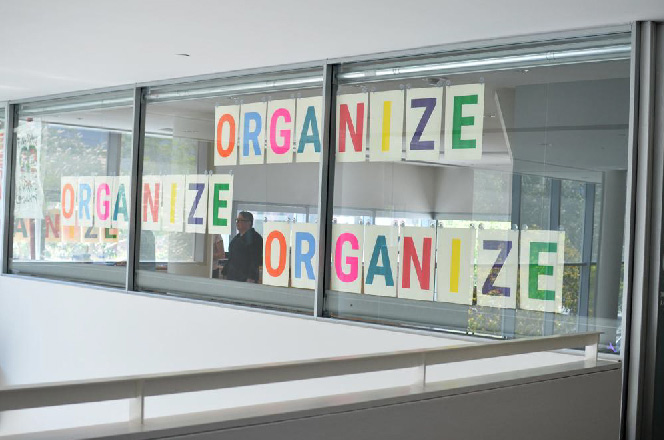
Philippe Barnoud
Philippe Barnoud is a Paris-based photographer and designer. The artist published the anthology Un chant pour Paris, with 20 black-and-white photographs of Paris inspired by poems. Jose Muchnik and Philippe Tancelin, Un chant pour Paris, Unicite. Photographer website: https://www.philippebarnoudphotographe.com

Dispute
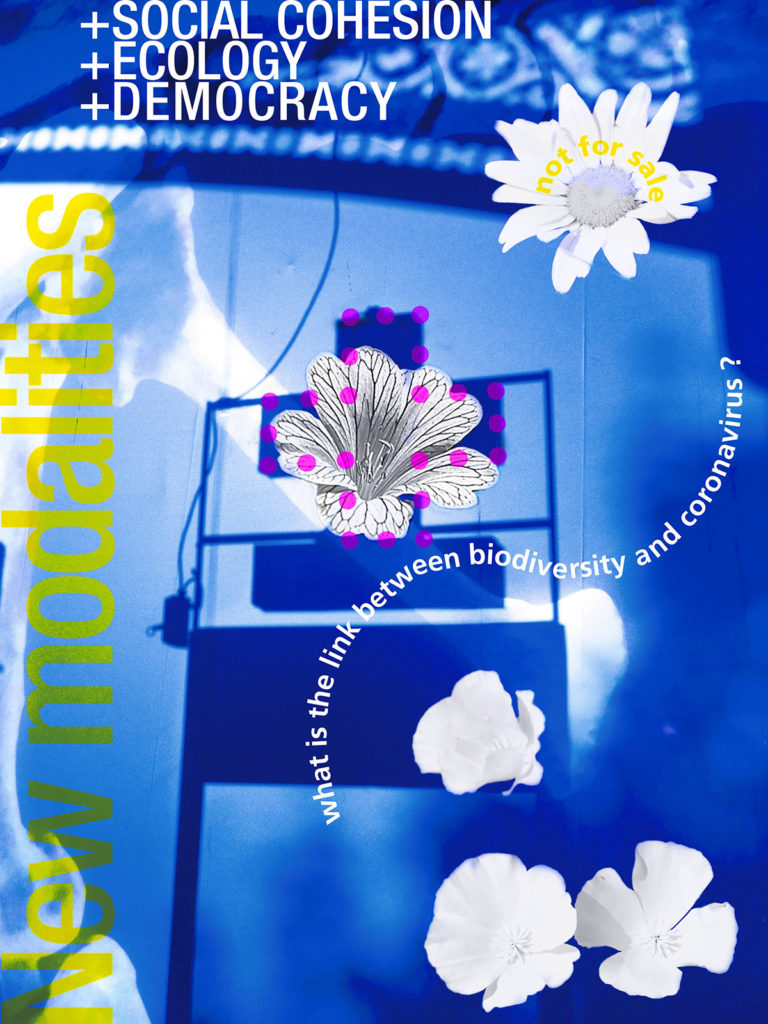
New Modalities
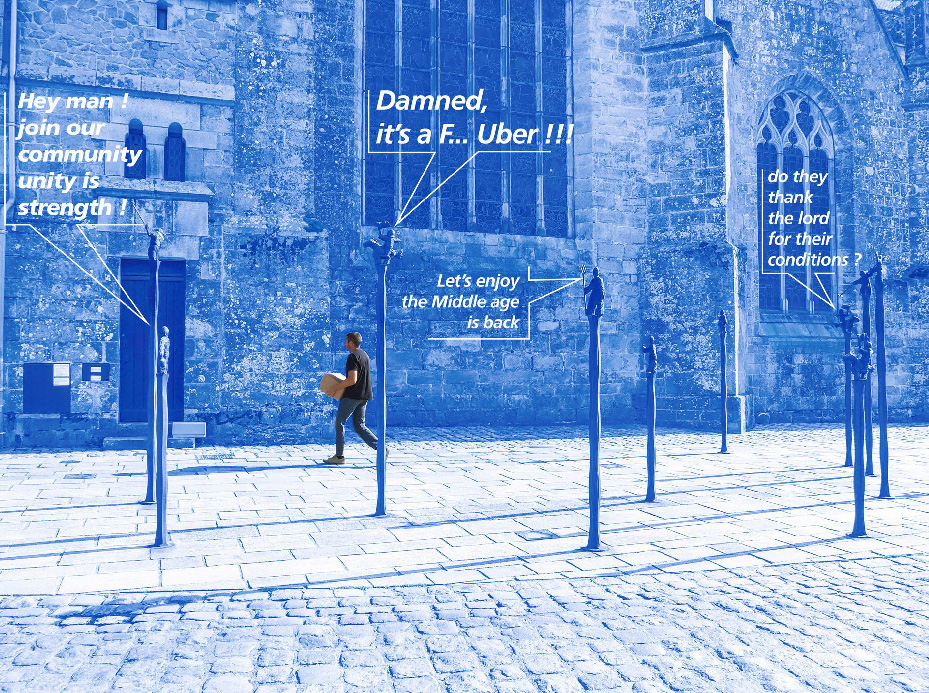
Federate
Michael Chomick
The work addresses the horrific and greedy actions taking by the 1% leaving much of the 99% behind to fend for themselves. The work addresses how the 1% continually line their pockets, i.e., the 500 billion dollars that they got through the recent Coronavirus stimulus package as the average taxpayer received a mere $1,200.00, if they were lucky to get it. “It is an extremely powerful work addressing this inequity between the rich and powerful that rule this country and the rest of the people just doing their best to survive. So in a sense it does refer to the labor struggle in America.”

CA$H COW and The Capitalist Pig

CA$H COW and The Capitalist Pig
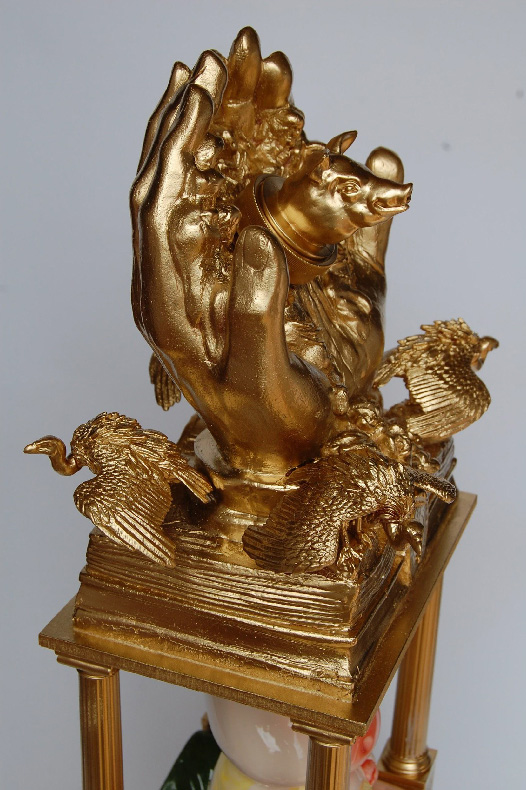
CA$H COW and The Capitalist Pig

CA$H COW and The Capitalist Pig

CA$H COW and The Capitalist Pig
Lee Corey
Lee Corey is a New York illustrator and animator. He was born in a small town in the Midwest, where his larger-than-life dreams landed him in the hustle of advertising with the Mad Men. After several years of working in the world of NYC advertising, Lee began his career at Nickelodeon curating and developing everything from bumper titles and short animations to mini pre-school series. Thereafter, he was hired by Jumbo Pictures where he worked as a story-board artist on “Doug.” Lee’s passion to connect with society through playful art did not end at Jumbo. He continued his career by teaching flash animation at Pratt Institute, while also working at Siemens Transportation Systems to develop the first CBTC training program for NYC Transit. Lee Corey’s journey as a cartoon developer and instructor speaks to his passion to show that art is inclusive, and wide-reaching. The current events affecting the United States and the world at large have inspired Lee to become more politically involved and dedicate his talents to depict the social injustice, political unrest, and world pandemic that is now our current state of affairs, as his journey continues.
www.coreytoons.com
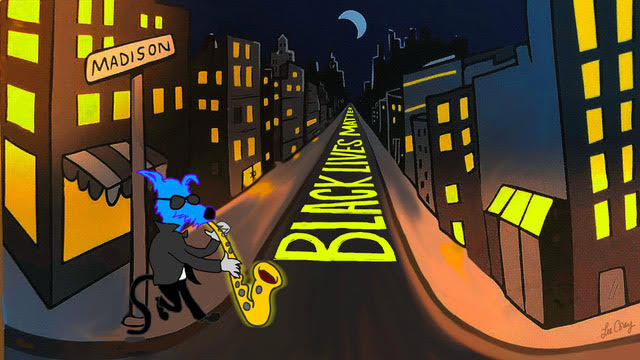
Midtown Blues
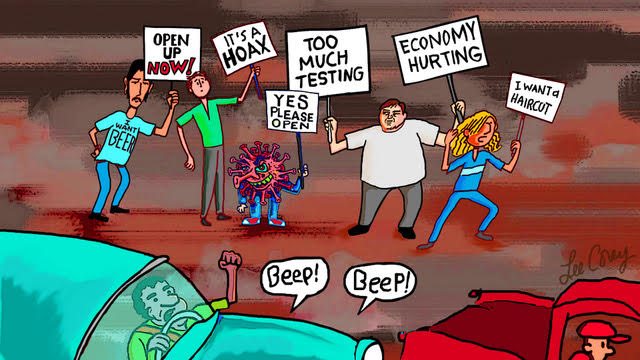
It’s simple, wear a mask
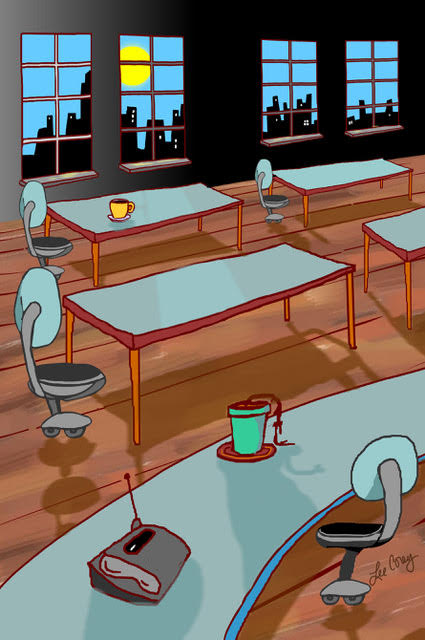
Nine 2 Five
Clare Charles Cornell
Clare Charles Cornell lives in Seattle, WA with his husband and two cats. His artwork is a result of personal investigations into his relationship to masculinity. He has worked in video, sculpture, and primarily photo-based media and has been exhibited internationally. Cornell’s resume also includes teaching and curation of several shows nationally. He received his MFA in Photography from California Institute of the Arts. Free Credit While perusing the web for my own prurient interests, I came across a cam site where men work for tips. My work, Free Credit, highlights and captures the less obvious aspects of “camboy” work. During this investigation, elements of the men’s labor became apparent. Whether it is simply talking, performing a sex act, or feeding the cat, work is the purpose of their performance. Today’s work has been interrupted and our paradigm is shifting. It is an in-between space that brings with it a balancing act as personal and professional space collapse. Consequently, we have developed systems for teaching and working from home making many feel more isolated and seeking respite in virtual spaces. “Camboys” provide the perfect tonic for many who are seeking a conversation, fantasy, or more. Hopefully the world of commerce will use the good stuff we have learned through our current experiences and make our world a better place. But there are no guarantees. Part of our anxiety is the fact that we are in a state of not knowing and we cannot see what it will look like at the other end of the tunnel. My vision of the present and future in labor sees uncertainty and tectonic shifts in the way we work and relate to people. We will see what the future holds for “camboys,” but it is my guess they will flourish.
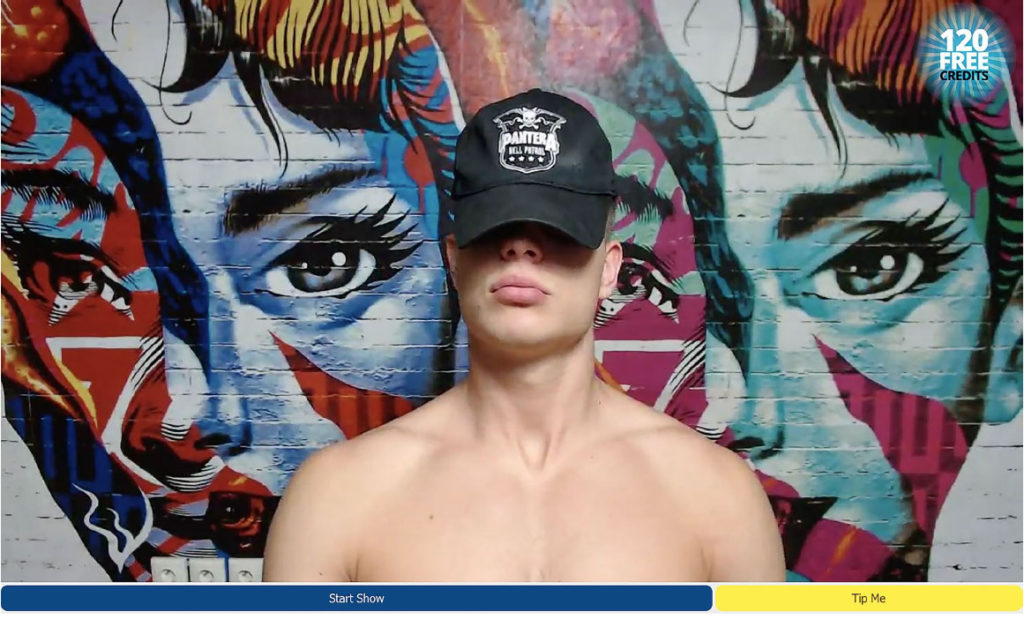
Free Credit
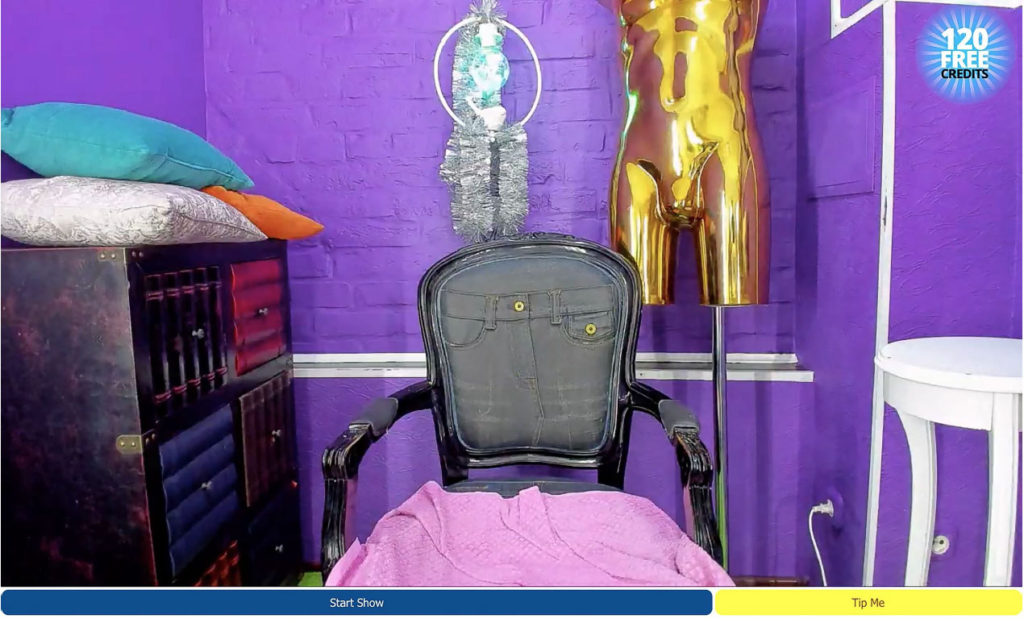
Free Credit
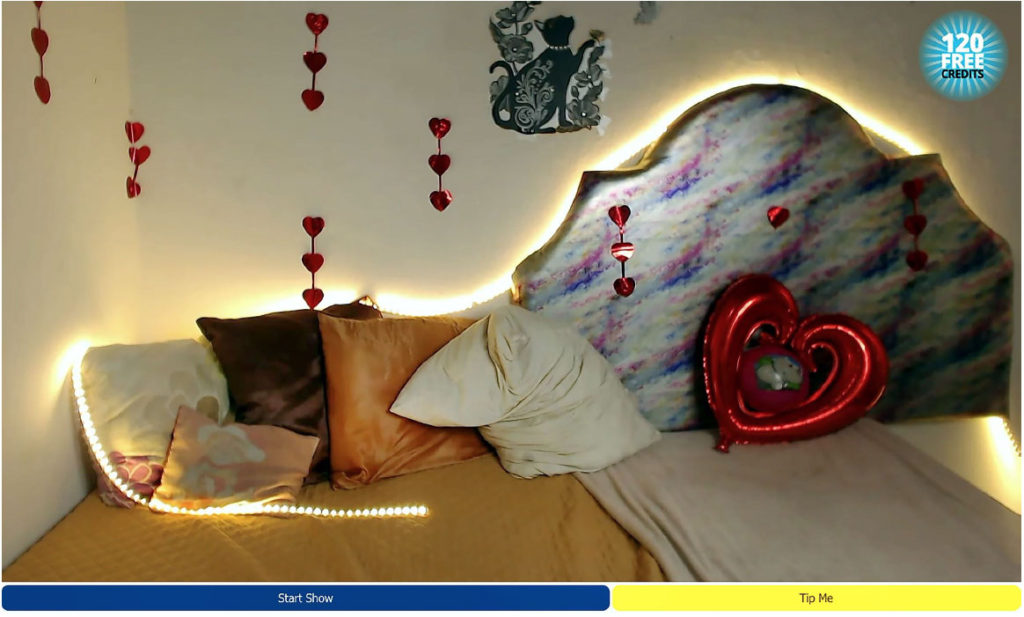
Free Credit
Carol Denney
Carol Denney is a Bay Area musician, cartoonist, writer and activist dedicated to cranking some kind of comedic sausage out of America’s current disaster. There is no finer moment for our collective wit, creativity, and compassion to transform our experience into the dance we all know we can do.
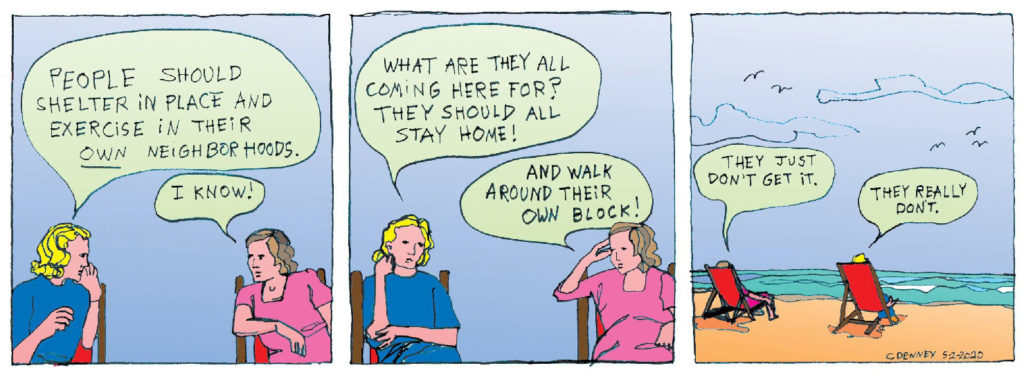
Coronavirus Class Conflict
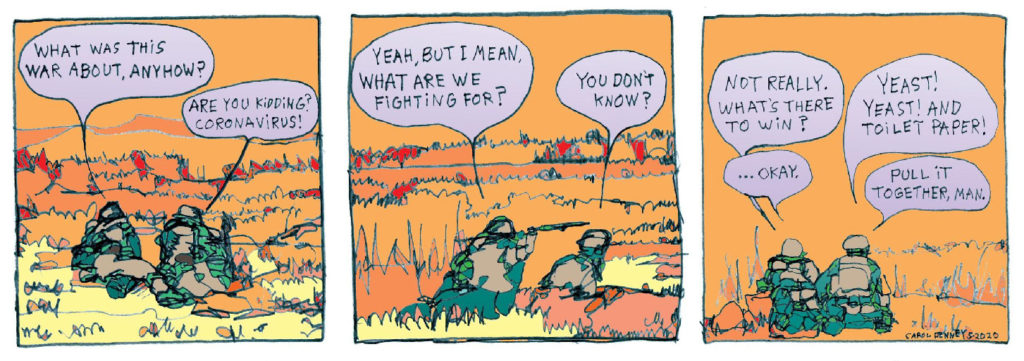
Coronavirus War

Pandemic Online Conference Backdrops
Franck Duval
Franck Duval aka FKDL, born in 1963, lives and works in Paris. He began painting in the 1980s and debuted his work to the public in 1992. Barely a decade later, this fan of collage discovered and developed Art Scotch (created by Joseph Gil Wolman). With this technique, he became FKDL and joined the street art scene in 2006. The recycling of old magazines is one of his specialities and his approach is both artistic and humanistic: he makes his imagination accessible to all on the city walls. He shares his techniques at workshops and participates in great causes that he finds an extension of his commitment to art and the world.

Silver Shadow
Robbin Légère Henderson
Robbin Légère Henderson is a Bay Area writer and graphic artist whose work has been exhibited locally and internationally. She is a longtime activist in the political and artistic communities. Beginning in the 1970s, she participated in creating community art spaces at Intersection for the Arts and was a co-founder of Southern Exposure at Project Artaud in San Francisco. Her work explores the natural world, the environment, and social justice issues such as immigration, racial and gender equality, and economic justice. She worked for over three decades as the facilitator of other artists’ careers in her capacity as director of the Berkeley Art Center, and as curator in community spaces. A painter for many years, she has recently concentrated on drawing, printmaking, and graphic arts. Her book Immigrant Girl, Radical Woman, published by Cornell University Press in 2017, uses Henderson’s scratchboard drawings to illustrate her grandmother Matilda Rabinowitz’s memoir. An immigrant from the Russian empire, Rabinowitz became an organizer for the IWW, one of only two women Wobbly organizers during the IWW’s heyday. A single mother by choice and principle, she became a writer of polemics, poetry and short stories for Socialist and IWW publications. Henderson is now working on a graphic novel based on her father’s FBI file. Her website is http://www.robbinhenderson.com
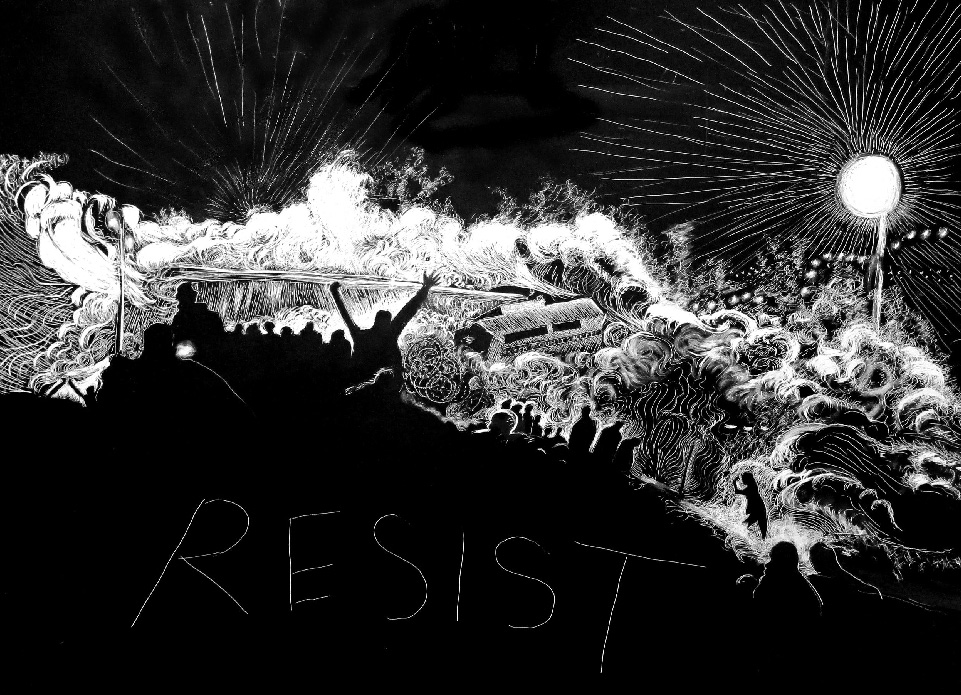
Resist (reflecting on the day after the election). Scratchboard, 18 x 24 in.
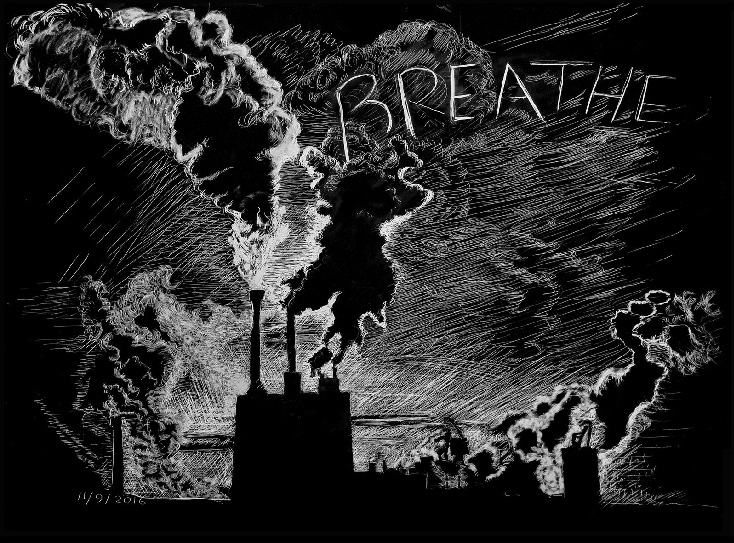
Breathe. Scratchboard, 16 x 20 in.
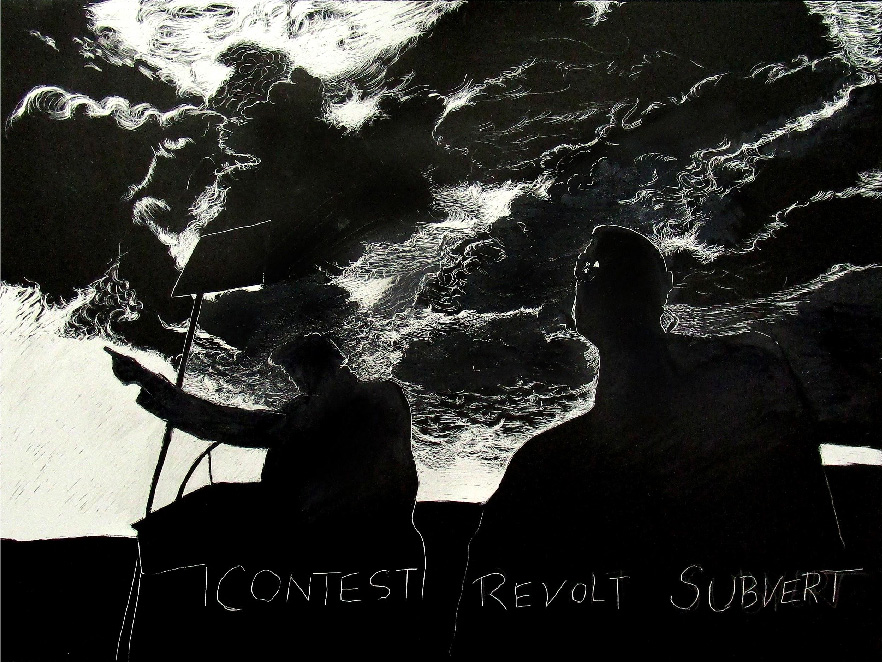
Contest Scratchboard, 16 x 20 in.
Roswitha Kandler
Roswitha Kandler lives and works in Vienna, Austria. We are experiencing a multi-dimensional global crisis: ecological, economic, and social. Nature’s reaction to climate change, which has been the result of centuries of exploitation, is also leading to a revolution in society. There is an increased incidence of direct, structural and cultural violence, which in turn promotes violent extremism. We see these pictures every day in the media. This does not create a supportive atmosphere and does not contribute to change, conversion, or renewal. The fossil world order is coming to an end. Wage slavery must finish, we need a new value system. I see the future in an eco-social society with an eco-social market economy as Josef Rieger, Austrian Federal Minister of Agriculture and Forestry, formulated for the first time in 1987: the “strategic triangle” of the eco-social market economy, “economically efficient, socially oriented, ecologically responsible”. This concept seems to me more correct and more important than ever today. And important too is an unconditional basic income for all citizens. This strengthens the willingness to take responsibility and gives people the freedom to do so. Companies would primarily have to create value.
In the first and second industrial revolutions, with steam engines, the Spinning Jenny, Henry Ford and mass production, came the assembly lines that destroyed entire branches of craft. Then came the industrial robots, which in turn replaced the factory workers. Then came the desktop computers that made thousands of office jobs unnecessary. New devices kept coming that destroyed old jobs – but created other jobs. It is surprising that we have not accepted this to this day: that something that replaces work ultimately creates work again. There is great concern that the next technological leap will mean the end of work, forever and ever. There is always enough work. The future of work needs to be rethought. As you know, the last major renovation was the change from an industrial to a service economy and gave us more freedom. Today it is robots that can take over certain tasks from doctors, bank advisors or truck drivers. But the devices of artificial intelligence that scare us, they take our jobs away. Again we are in a phase of renovation where the old disappears, but many working people have not yet found their place in the new. Industrialized people today often live subconsciously in an illusory world of artificiality. The global climate and economic crisis breaks open this glass facade and thus also opens up the opportunity for positive change, a collective rethink, the rediscovery of basic ecological values. With the GLOBAL FOREST series I want to openly counter artificial alienation and industrial exploitation of natural, life-giving resources. If we can return to the natural energy of our environment, we may be able to step over the threshold of the fourth industrial revolution? Through renewable energy, with a new ecological and economic value system, a new social system and global cohesion to a gentle revolution. People can learn a lot from nature when responding to economic crises and changes in living conditions.

Work 4.0, 2020 Mixed media on paper, 50 x 70 cm
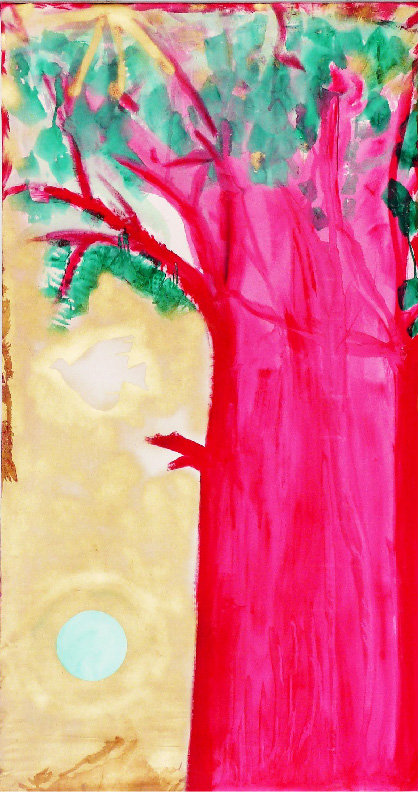
Knowing, 2007, from the Global Forest series Acrylic on
canvas, 220 x 120 cm
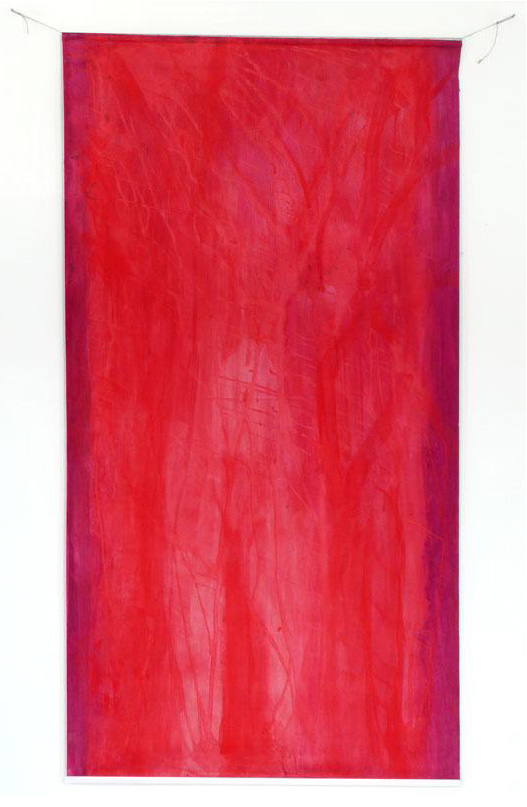
Knowing (reverse), 2007, from the series Global Forest
Acrylic on canvas, 220 x 122 cm
Doug Minkler
Corporations want artists to glorify their wars, their products, and their philosophies. I make posters for my own preservation, that is, planetary preservation. My prints are inspired by the collective humor, defiance and lust for life exhibited by those on the margins.
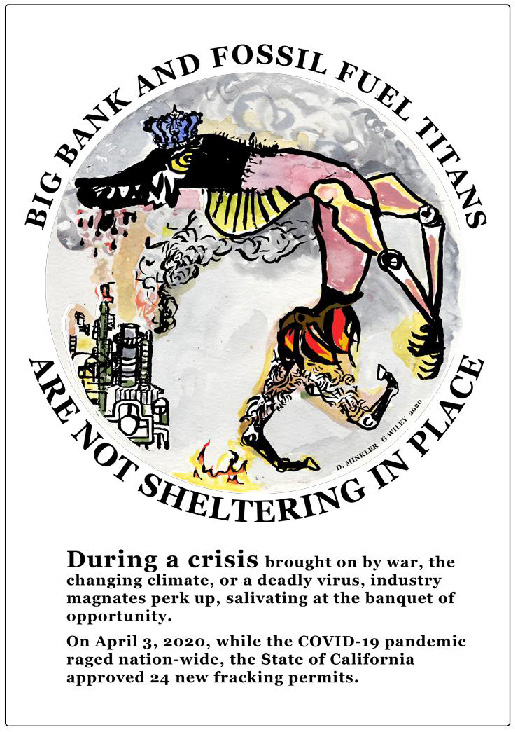
Sheltering in Place

Face Masks
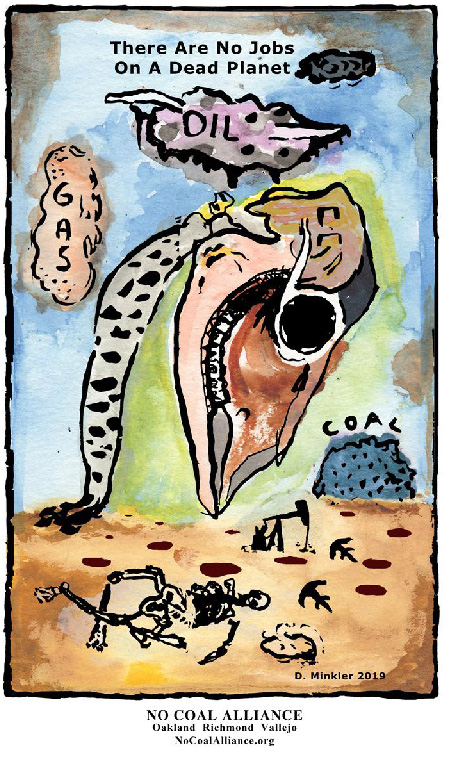
Dead Planet
Herb Mintz
Three Struggles by Herb Mintz
I acted as the Public Relations Officer (PRO) for the California School Employees Association (CSEA) Chapter 33, a classified staff union at the San Mateo County Community College District in San Mateo, CA and as the PRO for CSEA Region 5 between 2008 and 2013. The two positions were unpaid volunteer service roles informed by particular tasks and responsibilities and belonged to two separate Executive Boards. My central task was to document and distribute records of organized union activities. The organized union activity records used in Three Struggles were originally produced as non-fiction color photographs and were exhibited in a union sanctioned domestic and internal context either in print media and/or online as digital files and/or as data within two websites. Each photograph was accompanied with a basic caption or an explanatory paragraph that anchored it to a single and/or particular interpretation for a particular audience, that is, CSEA union members. In Three Struggles, I transformed non-fiction based color photographs of organized union activities into a fictional narrative within an imaginary landscape to be exhibited during LaborFest 2020. Additional expressive graphic and photographic elements create tension between non-fiction and fiction representations and suggests multiple interpretations. Its reception is for a largely unknown local or international external audience. Recording device: Sony Cyber-shot DSC-H3 8.1 MP Digital Camera with 10x Optical Zoom with Super SteadyShot Image Stabilization (2008). Software: Photoshop and Preview for IOS (2020). Hardware: iMac 2017

Struggle I
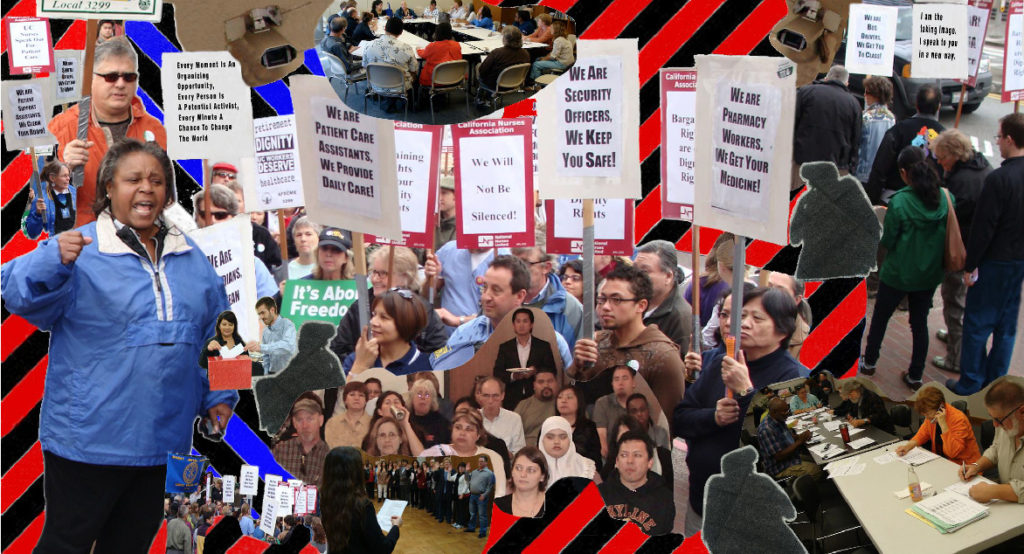
Struggle II

Struggle III
Marcia Poole & Louis Cuneo
Fracking – Aerial Views and Fire in the Woods are about man’s relentless extraction of the earth’s resources for the purpose of creating fuel, without environmental stewardship. The extractive processes transforms the world and earth’s integrity, leading to climate disasters which affect life everywhere.
Louis Cuneo and Marcia Poole’s work uses the Japanese tradition of Haiga, the visual form of Haiku. Cuneo’s photography captures a moment – the intersection of time and space – and uses the “absence of influence” to maintain the essential nature of what he photographs. Poole incorporates his photos into many of her prints to push further in capturing the “essence of the moment.”
Louis Cuneo is a photographer and poet who began his literary career as a poet and writer in Greenwich Village in the late 1950s and moved to the San Francisco Bay Area in 1970. He is the author of fourteen books, a Haiku expert, editor & publisher, professional photographer, director & founder of Mother’s Hen, and founder & coordinator of the Berkeley Poetry Festival.
Marcia Poole spent her early years traveling and studying various philosophies and religions. She received her BA in Art from San Francisco State University. She has continued her spiritual practices, with an emphasis on community action and artistic expression.
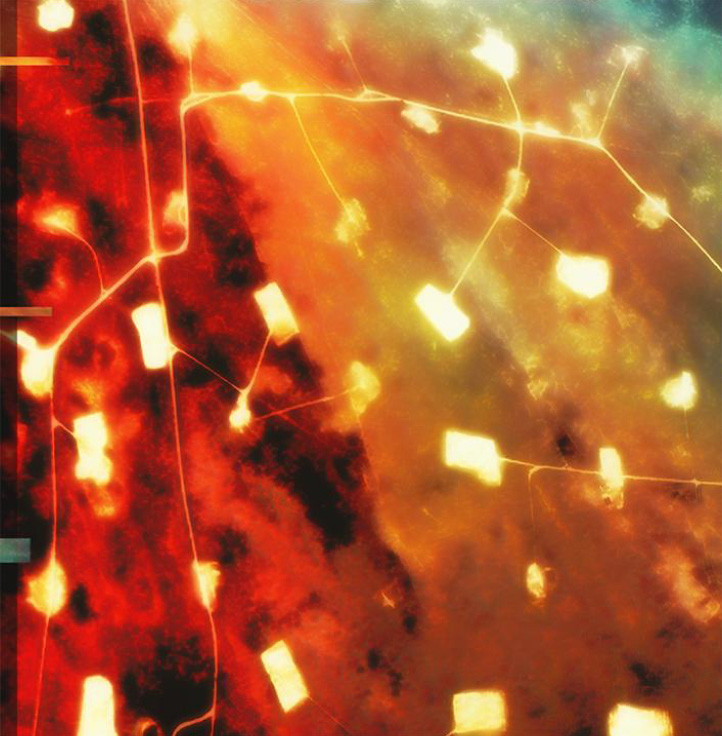
Fracking – Aerial Views of Square Glow
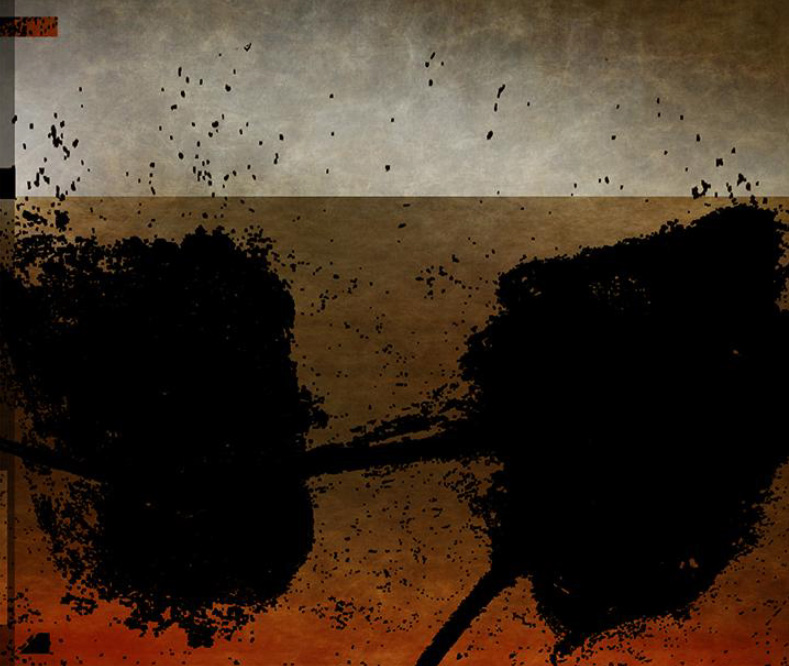
Fracking – Aerial Views of Fracking Gone Mad

Fire In The Woods
Jos Sances
Jos Sances was born John Joseph Sances in Boston and attended Montserrat School of Visual Art in Beverly, MA. For more than 40 years he has made his living as a Printmaker and Muralist in the San Francisco Bay Area. Jos is founder of Alliance Graphics, begun in 1989, a successful, union screenprint shop. Previously he co-founded Mission Grafica at the Mission Cultural Center in 1980 and worked there until 1988, all the while maintaining a steady output of art addressing issues and ideas which concerned him. In 2010 and 2016, the Library of Congress acquired 495 prints from Sances which represented a broad overview of his printmaking. He has shown art work in screenprint, sculpture and ceramic tile in such venues as the Avenue 50 Gallery in Los Angeles, the Richmond Art Center, the American Museum of Ceramic Art, The Berkeley Art Center, and as part of the show Committed to Print at the Museum of Modern Art in New York City. During the past 25 years mural and public art have been Jos’s passions. He has painted murals at the Oakland Coliseum. He has completed tile mural commissions at: the new Juvenile Justice Center in San Leandro, CA; Amtrak/BART Station, Richmond, CA; and, the Sixteenth Street BART station in San Francisco. Two tile murals were completed in 2009, at the Castro Valley Library and Arnett Watson Apartments in San Francisco, with Art Hazelwood. In 2010, with Daniel Galvez, Jos completed a huge mural for a recreation center at Ira Jenkins Park in Oakland. In 2011, Sances and Galvez completed a tile and etched metal artwork for Skyline College in San Bruno, CA. In 2015 and 2016, three screenprinted tile murals and workshops were completed in Todos Santos, Baja, Mexico, Shoruq Cultural Center in Dheisheh Refugee Camp, Palestine, and with students at Berkeley High School in California. Last year a 1500-square foot tile mural for Shadelands Sports Complex was installed in Walnut Creek, CA. In 2019, Sances’s 51-ft. x 14-ft. life-size scratchboard drawing of a sperm whale was featured in the Richmond Art Center exhibition Here is the Sea. Sances is represented by Vessel Gallery. Jos is a proud founding and lifelong member of the Great Tortilla Conspiracy.
www.josart.net
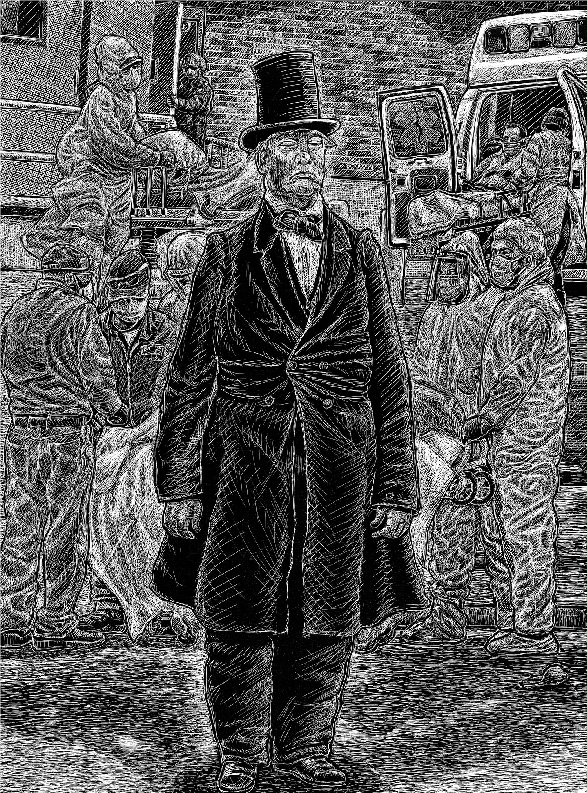
Abe Trump. Scratchboard

Life’s a Beach. Scratchboard
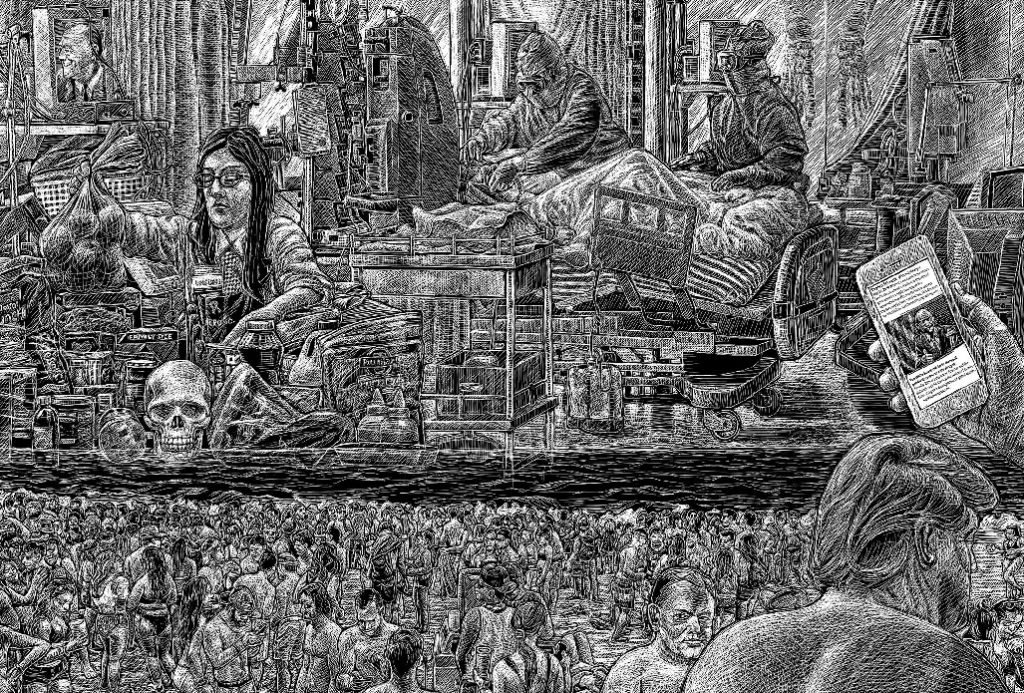
Workers. Scratchboard
elin o’Hara slavick
elin o’Hara slavick is a Professor of Studio Art at UNC, Chapel Hill. She has exhibited her work internationally, and her work is held in many collections, including the Queens Museum, The National Library of France, The Library of Congress, and the Art Institute of Chicago. Slavick is the author of two monographs ─ Bomb After Bomb: A Violent Cartography, with a foreword by Howard Zinn, and After Hiroshima, with an essay by James Elkins ─ and a chapbook of surrealist poetry, Cameramouth. She has held artist residencies in Canada, France and Japan. Her work has been featured in The New York Times, Los Angeles Times, Images magazine, San Francisco Chronicle, Asia-Pacific Journal, and Photo-Eye, among other publications. Her work explores issues of labor, war, history, feminism, the body, and the Anthropocene. A curator, critic, poet, educator, artist, activist, and organizer, slavick hopes to see the radical and peaceful transformation of the world before she dies.
Workers Dreaming is a series of color photographs of workers with their eyes closed. I photograph workers in our global economy. Workers are everywhere I go and the project includes immigrant and indigenous workers in France, Cuba, Italy, Japan, and the United States. Workers Dreaming performs in the spaces between labor and leisure, agency and servitude. What do workers dream about and meditate on while they work? Are they thinking of where they would rather be? What do workers look like, especially in the United States where many jobs have been exported to non-union and low-wage countries? What workers are visibly left? They are majestic, mortal, heroic, tired, beautiful, and really human. I want my photographs to transform the way we see, acknowledge, and interact with workers today. Although our eyes are open, we are often blind to beauty, to injustice, to cultural difference, and to class structure. While the workers’ eyes are closed in my photographs, they see and know their situation intimately. Denying us their gaze but offering us a meditative space, they are empowered, lost in their own imaginings, desires, hopes and self-consciousness. My workers are not “historical” in the conventional sense, but it does not take tragedy to make history, it takes work.
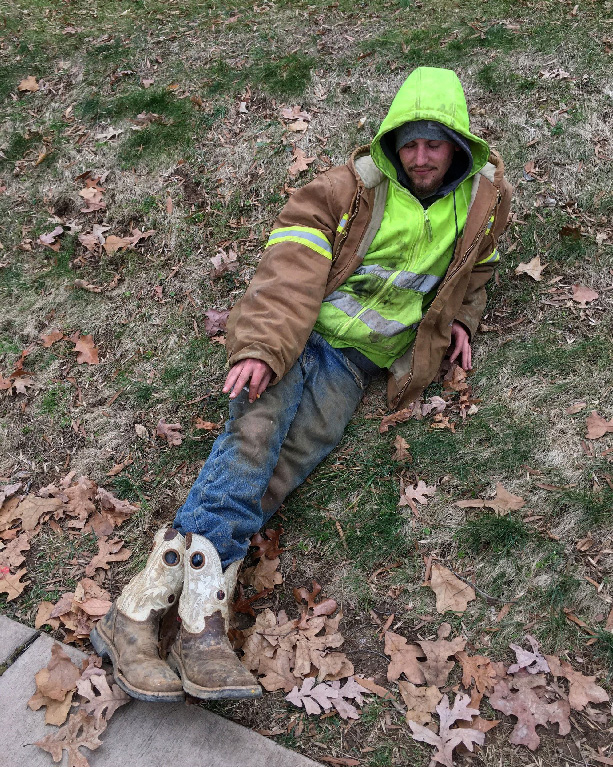
Construction Worker, Charlottesville, Virginia,
USA

Housekeeper, Hiroshima, Japan, 2008
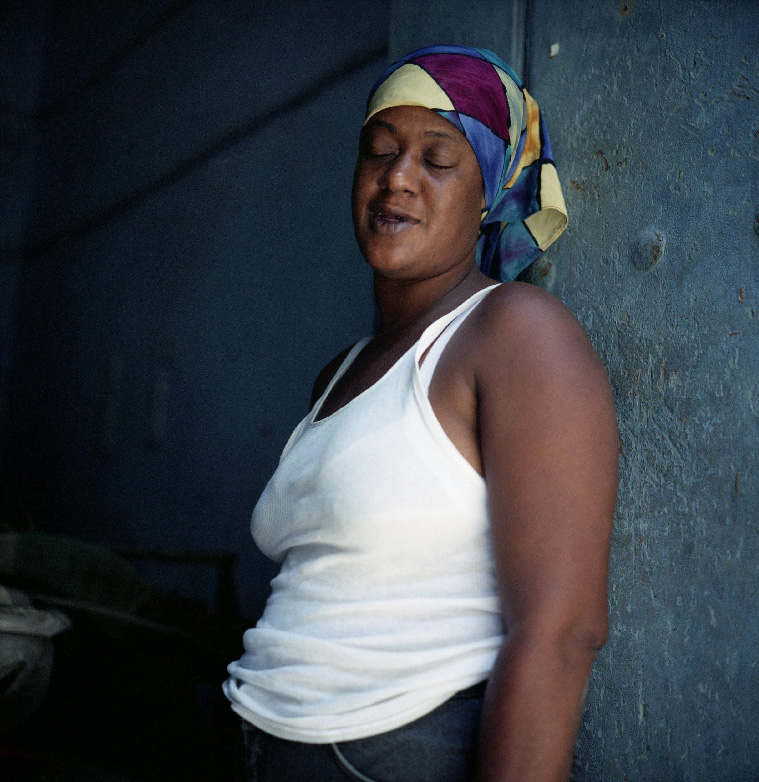
Laundress, Havana, Cuba, 2003
Gary Turchin
I know labor from the inside: I grew up in a New Jersey diner owned by my father. I washed a lot of dishes, waited on tons of tables, and basically worked there during my formative years. After graduating college, I didn’t go to work in an office, I became a house painter and drywaller. For 20 years I did this very hard work, all the while developing my art and writing. In 1988, after two decades of labor, I made the break into being a full time artist and writer. My visual art has gone from drawing to found objects to photographic and digital print making. I look for images that both seem very real, but also bend the light so there is always a deeper way to see an image, that they be transformed from “real” to “hyper-real.” Thus, many of my images appear quite simple, but they’re actually quite deep.
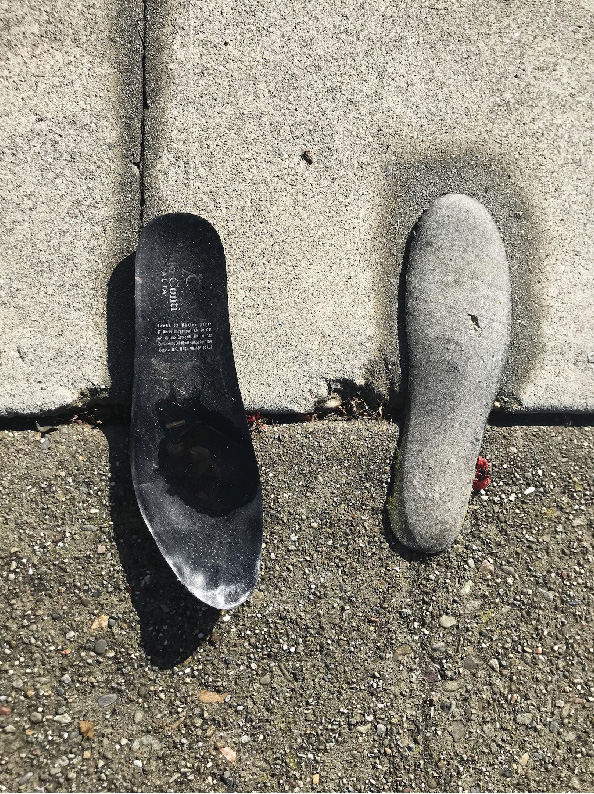
Two Soles
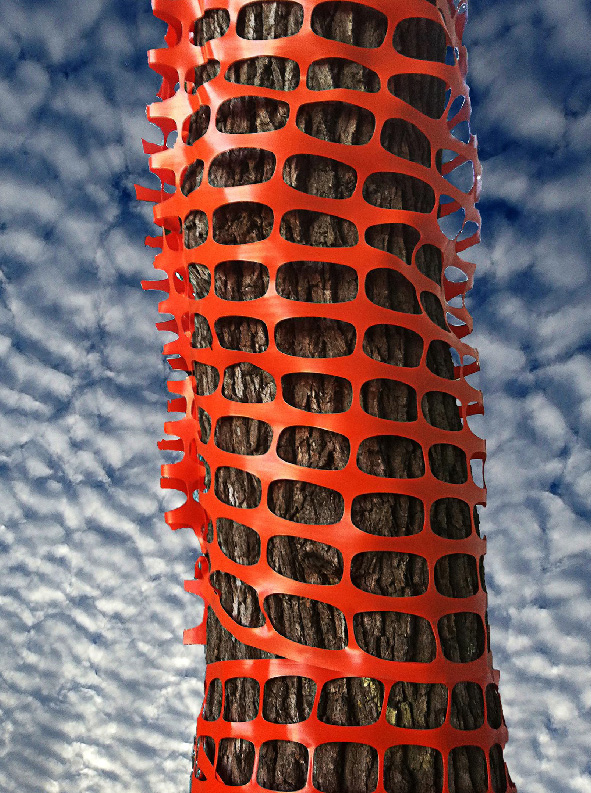
Condominium Tree
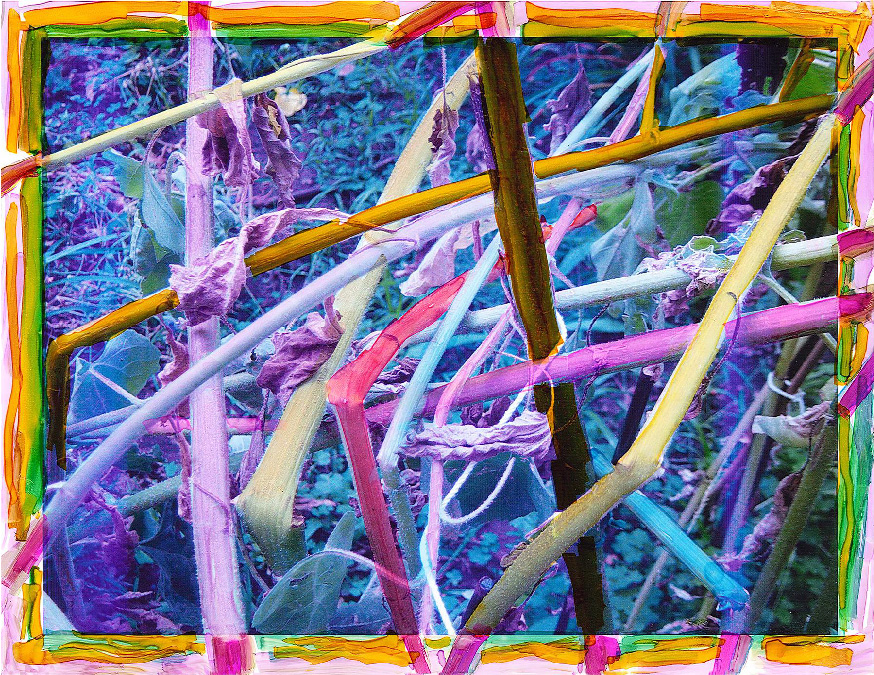
Sunflower Apocalypse
